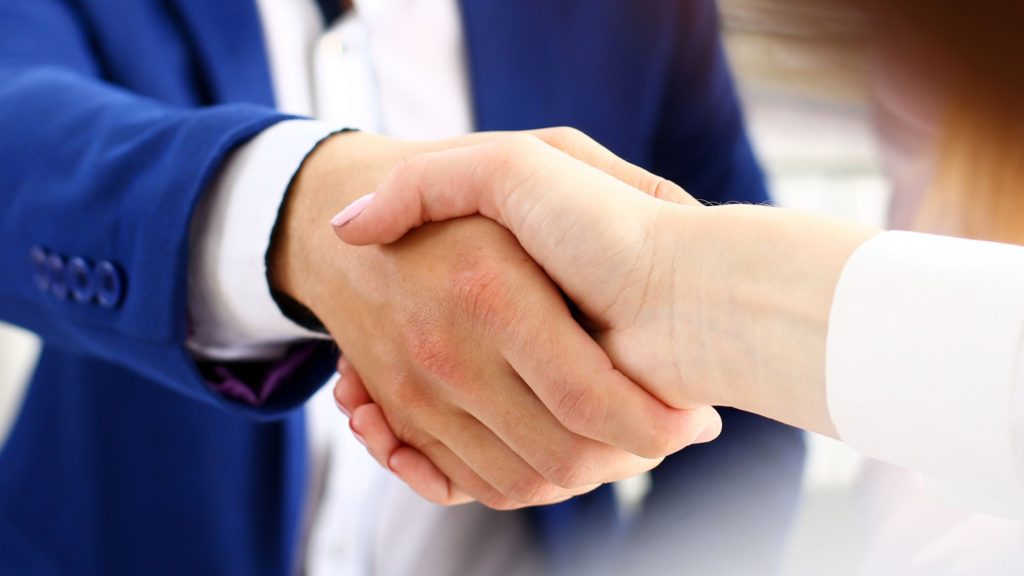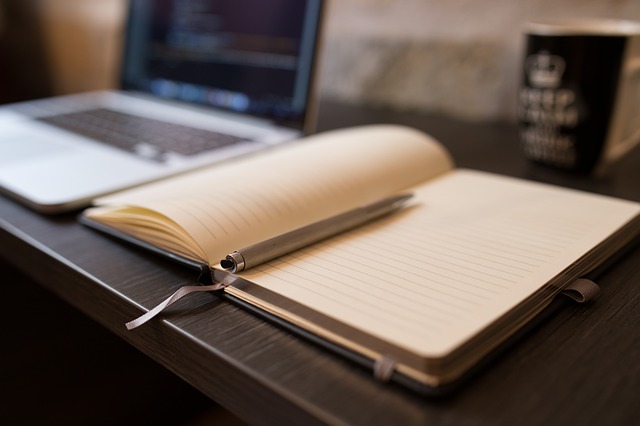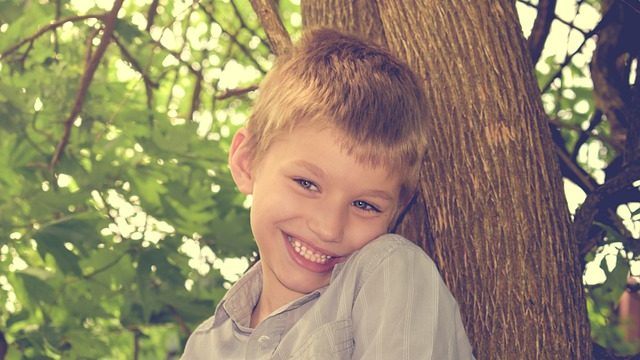
Rheumatoid arthritis is a painful joint condition that affects almost all joints of the body, including small joints of fingers and toes. The sufferer complains of pain and stiffness of the joint, and in the late case, the joint may even become restricted; if left untreated, it can lead to disability and even bedriddenness.
Medications and physiotherapy exercises are essential to manage and improve the quality of life in RA; in advanced cases, surgery may be required. However, doctors and researchers continuously seek advanced ways to manage joint pain. One of the emerging methods is the use of hydrogels. In this article, we will discuss a new research study1 published in the Asian Journal of Pharmaceutical Sciences reviewing the current development on the use of hydrogels in managing Rheumatoid Arthritis.
Rheumatoid arthritis and hydrogels
Before moving forward, let’s try to understand what rheumatoid arthritis is. Rheumatoid arthritis is an autoimmune disease in which the body’s immune system acts against the synovial joints and damages them. This progressive disease causes chronic inflammation of the synovial joints, for example, the large joints of our body, like the knee joint, ankle joint, hip joint, and elbow, including small joints like fingers.
Due to the disease process, the joints get inflamed, and the synovial fluid dries up with time. Synovial fluids are the fluids inside the joint that are essential to maintain lubrication. The exact cause of rheumatoid arthritis is not known, but it is believed to be a combination of genetic and environmental factors.
People with Rheumatoid arthritis commonly complain of joint pain, stiffness, and swelling, especially in the hands, feet, and knees. Other symptoms may include fatigue, fever, and weight loss.
Currently, there is no specific cure for rheumatoid arthritis; all the available medications are to help manage symptoms and slow the progression of the disease. These may include medicines including DMRD, NSAID, physical therapy exercises, and lifestyle modifications such as exercise and a healthy diet. In an advanced case, there may be a need for surgical intervention as well.
However, these interventions and medications have their own limitations and side effects.
Researchers are looking for more effective and targeted treatment, and using hydrogels is considered promising.
What are hydrogels
In simple terms, hydrogel is a material that can retain water due to its name being a combination of “hydro” (meaning water) and “gel”. Physically, hydrogels are soft, porous and elastic materials where a polymer Matrix encapsulates large amounts of water.
Scientists can design hydrogels with different properties, such as varying degrees of stiffness and elasticity, making them versatile materials for various applications. The researchers can also engineer them to respond to changes in their environment, such as changes in temperature or pH, making them useful for controlled drug delivery or sensing applications.
Hydrogels have been in use in medical science for a long time. Biomedical hydrogels are used in contact lenses, wound dressing and drug delivery systems. Researchers are interested in using this property to cure rheumatoid arthritis.
What unique properties of hydrogels can help ease rheumatoid arthritis joint pain?
Some properties of hydrogels make medical scientists and doctors so curious to use them for managing joint inflammation and damage by targeted application of hydrogels.
The use of hydrogels in the treatment of rheumatoid arthritis is still in its early stages of development, and the current research reviews the development of biomedical hydrogels for rheumatoid arthritis treatment, particularly injectable and implantable hydrogels. However, initial studies have shown promising results.
1) Like a normal joint, Hydrogel can give elastic cushion inside the joint
Hydrogel has been found to possess remarkable properties that enable it to emulate the mechanical behaviour of the synovial fluid. As widely known, synovial fluid plays a pivotal role in acting as an elastic cushion within the joints, a crucial element for ensuring smooth and frictionless joint movement.
Additionally, it serves as a shock absorber during movements like jumping and hopping. Similarly, when the hydrogel is focused on the affected joints, it can act as a resilient cushion by retaining water due to its inherent properties, thereby helping to mitigate joint pain and discomfort.
2) Like synovial fluid, hydrogels act like a fluid.
Hydrogels can absorb and retain large amounts of fluid and develop a lubricant similar in consistency to synovial fluid, the natural lubricant found in joints. The researchers also noted that the hydrogels’ lubricating properties could last several weeks, making them a promising option for patients with rheumatoid arthritis disorders. The study suggests hydrogels could replace synovial fluid in individuals with rheumatoid arthritis.
3) Hydrogels are capable of self-healing.
Hydrogels have demonstrated intrinsic properties such as swelling, reswelling, deswelling, and self-healing, which are essential for the healing and maintenance of the joint. One study investigated the use of a hydrogel-based system to treat osteoarthritis. The hydrogel was designed to mimic the natural extracellular matrix of cartilage and exhibited excellent biocompatibility and mechanical properties, as well as the ability to support the growth and differentiation of chondrocytes.
The study also demonstrated the hydrogel’s ability to swell and de-swell in response to changes in pH and temperature, which is important for maintaining the health of the joint. It was also self-healing, meaning it could repair itself after being damaged.
4) Drug can be delivered effectively to joints using Hydrogel
Hydrogels have unique properties that make them attractive for drug delivery. They can release drugs in a sustained and controlled manner, improving the efficacy and reducing the side effects of drugs3. Recently, scientists have been exploring using hydrogels as a drug and nutrition carrier to help regenerate damaged cartilage4.
Cartilage is a tough and flexible connective tissue that covers the ends of bones in joints. It can be damaged due to injury or degeneration, and its regeneration is challenging. Hydrogels can provide a suitable environment for the growth and differentiation of stem cells into chondrocytes, which are the cells that produce cartilage.
By incorporating drugs and nutrients into hydrogels, scientists can deliver them directly to the damaged cartilage and enhance regeneration2. The drugs can reduce inflammation, pain, and swelling and promote tissue repair. The nutrients can provide the necessary building blocks for the growth and repair of cartilage.
Also read: Rheumatoid Arthritis: Beyond Joints, it can also Impact Heart| Study
How hydrogels are applied
Currently, there are two ways of applying hydrogels to treat rheumatoid arthritis. One is intra-articular injection, in which the targeted joints are given intra-articular injection through which the hydrogens are administered directly inside the affected joint. Inside the joint, the administrator provides questions and takes the fluid function.
Another method of hydrogel application is joint implantation. Currently, knee joint replacement surgery metal implants are used. However, researchers are hopeful that hydrogel implants can be more successful3.
The hydrogel intra-articular injection and implants can mimic the natural properties of joints, such as flexibility and durability. It can provide a cushioning effect that reduces friction and wear on the joint. Also, hydrogel-based joint implants can be customised to fit individual patients’ needs, leading to better outcomes and higher patient satisfaction.
According to the current paper’s author, these hydrogel-protected joints can also undergo osteogenesis (bone formation) and re-mineralization of joints that can help recovery from RA.
Another benefit of hydrogel application is it can be used for drug (medication) delivery.
In conclusion
The emerging use of hydrogels in treating rheumatoid arthritis is an exciting medical development. It has the potential to provide a more targeted and effective treatment option for patients suffering from this debilitating disease. As research continues, we may see hydrogels becoming a more widely used therapy for rheumatoid arthritis.
Till then, we highly recommend following rheumatoid arthritis exercises to prevent joint stiffness and improve quality of life.
Keep Reading: 9 Best Knee Rheumatoid Arthritis Exercises for Stiffness, Pain
The author is a physiotherapist who has been practising for the last 17 years. He holds a Bachelor's in Physiotherapy (BPT) from SVNIRTAR (Swami Vivekananda National Institute of Rehabilitation and Research), one of the prestigious physiotherapy schools in India.
Whatever he learns dealing with his patient, he shares it with the world through blogs and e-books. He also owns a YouTube channel, "Sunit Physiotherapist" with over 8 lakh active subscribers. Here, he shares everything he gets to learn serving the patient.





